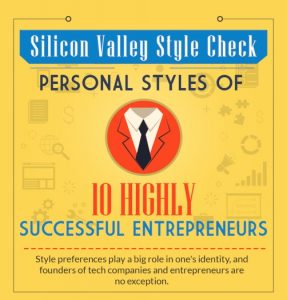Stack utilization continues to drop even as martech spending continues to grow. The reasons: Lack of training, increasing complexity and no one authority.
Marketers are using only one-third of their martech stack’s capability, according to Gartner’s 2023 Martech Report. That’s down from 42% last year and 58% in 2020.
Utilization has been declining amid huge increases in spending on marketing technology: up 35% from $ 15.3 billion in 2020 to $ 23.6 billion in 2023, per Statista. Organizations are spending 25.4% of their marketing budget on technology, says Gartner.
“Not only is [utilization] low, but it’s declining year over year while people are buying more,” said Domenic Colosante, CEO of 2X, a B2B marketing-as-a-service agency. “It’s a big problem. When I talk to CMOs, they all know it, they all feel it.”
The reasons for this are skills, governance and stack sprawl and complexity, according to Gartner.
Colosante said the skills shortage is because no one — neither the vendors nor the marketing organizations — is teaching people how to use the new technology.
No one is training
“Even with the marquee platforms or [relatively] new things like Drift and Bombora, no one is learning how to use those,” he said. “You don’t learn it in school and a lot of those vendors don’t really have training programs to teach it to you. Some of them have certification programs, but that’s a certification program, not a training program.”
He says research by 2X found that when it comes to things marketers have been doing for a while — like email or events — there are about 10 people with those skills for every job needing them. “When you look at the new stuff — like intent data or AI or ABM — it’s 1 to 1 or 2 to 1,” Colosante said. “And, oh, by the way, all those people already have jobs. The root of why they’re using less and less is because they’re buying more and more tech and they’re not training people on it.”
The complexity and sprawl of the tech stack is making this worse. One of the reasons for the ever-growing stack may be short-term CMOs. At 18 months CMOs have the briefest tenure of any C-suite office. This can result in adding tech the CMO is familiar with, even if there is already a solution in place for that function.
CMO turnover cripples strategic thinking
Whether or not the CMO adds tech, the turnover rate means the strategic view of the stack is constantly changing. This supports another thing Colosante believes is behind stack expansion:
Adding solutions with redundant capabilities.
“I look at it like you’re sitting on a couch with three universal remotes that are all supposed to control the TV and the DVD and the internet TV and the sound system,” he said. “But yet this one only does the TV, and this one only does the cable and so on. That’s a marketer’s tech stack today.”
The Gartner report also cites customer data challenges are often cited as a major reason for underutilization. Collecting customer data in the first place, or unifying it across different systems, can be a major obstacle to using it for personalization, advertising, and measurement. Gartner suggests reevaluating your approach to customer data to see if shifting the burden of data management to IT could be a solution.
How many solutions do you need to send an email?
“The CDP problem is really an issue that needs to be solved and I don’t think I have the perfect answer to it,” Colosante said, “but do you really need HubSpot and Salesforce and Outreach to be able to send emails?”
All this goes straight to the issue of governance. Who is the “voice of the stack”? Who is in charge of knowing all the functions, all the interactions and presenting that to people who are contemplating making changes? The CMO seems like a natural choice, but they aren’t there long enough and usually don’t have the technological chops. Besides, do they need another thing on their already overflowing plate?
Colosante says it should be a chief revenue officer, but not as it is today.
Currently, “99.9% of them are heads of sales that are now running marketing,” he said. “They don’t really know about marketing and they acknowledge that. A true CRO is operations and technology management across the go-to-market engine: Sales, marketing, customer service and experience. That function should be a technology center that deals with architecture, that deals with what platforms are, and should also be responsible for who are we targeting and why and how and in what ways.”
The post Marketers are only using one third of their stack’s capability appeared first on MarTech.
MarTech(17)
Report Post






